Teacher, translator, artist, and full-time caretaker: Finding time is just one of his challenges
Hitoshi Shigeta has perfected the art of juggling. Not the act you might see in a circus, but the act of a man whose life has three demanding priorities.
He’s a working artist and teacher of art, an English-to-Japanese translator of business documents fighting against a technological wave, and full-time caretaker to his 27-year-old autistic son.
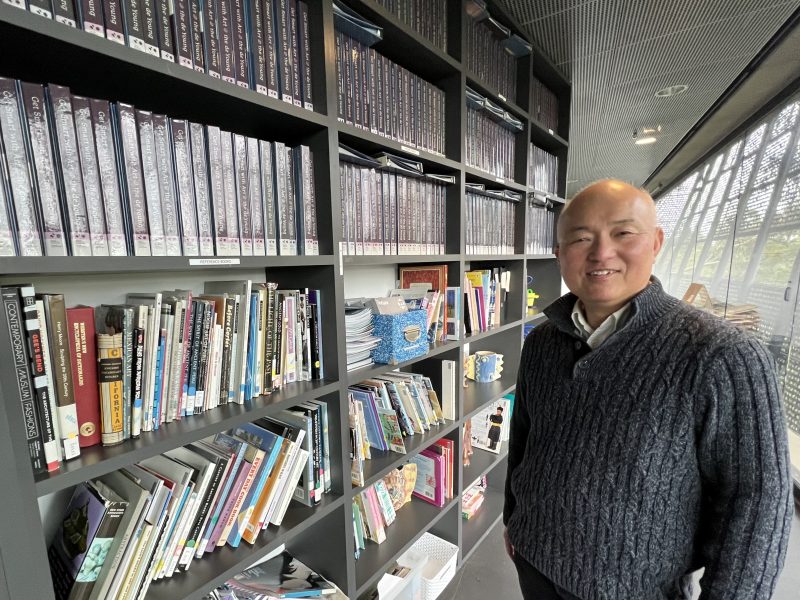
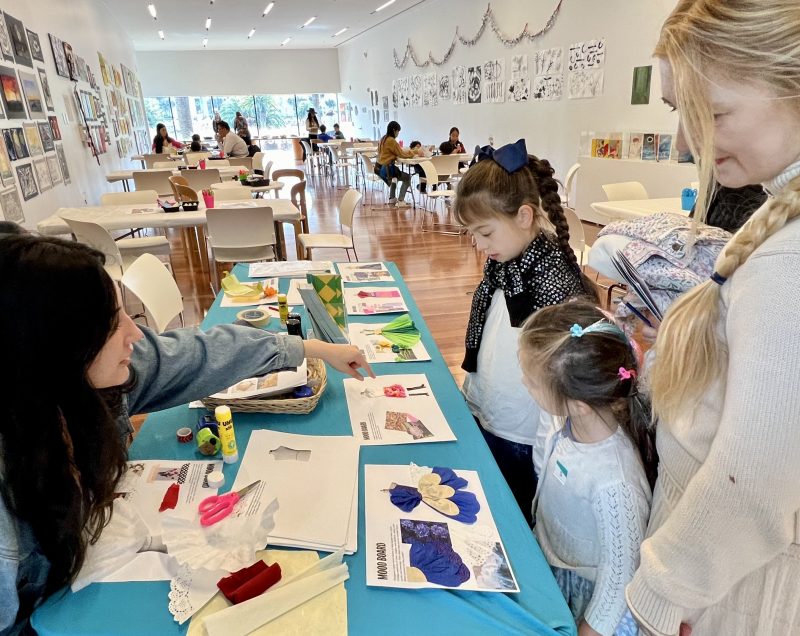
He believes in service and devotes time to teaching art to seniors at San Francisco’s DeYoung Museum, and along with his wife helps other families with autistic children break their isolation and find relief in the outdoors.
He specializes in teaching watercolor painting and monotype printing, an effect made by applying paint or printing ink to a flat sheet of metal, glass, or plastic. He often works in pencil, and many of his images project a rather mysterious sensibility, reminiscent of film noir.
Shigeta has a whimsical side as well. For about a dozen years he drew a cartoon strip he called “Dimmstown, A Not Really Daily Cartoon” and he maintains a web store where he sells cups, aprons, and pillows, decorated with images of bunnies, fruits, and pastries.
Teaching, painting, and translating are priorities, but all are eclipsed by the need to take care of his youngest son. “He is in the body of a 27-year-old and has the behavior of a toddler. My life has been walking a line between pursuing art and taking care of my son.” His older son lives in London and works as a graphic designer.
Support groups
Shigeta and his wife, Lisa Louis, are active in support groups for families with autistic children. “Most families with autistic children are so busy just taking care of their own children that they do not have much time and opportunity to see other people,” he said. Louis curates a website called hikingautism.com and the couple lead family hikes around the Bay Area.
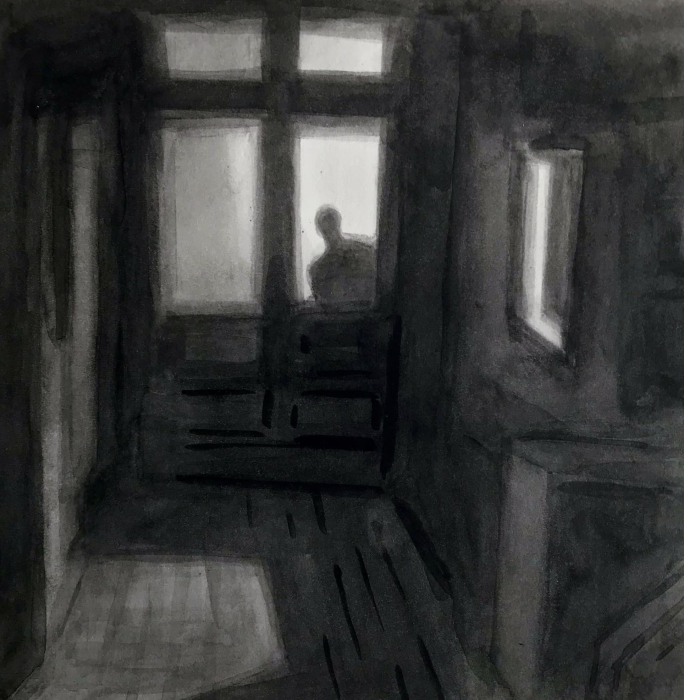
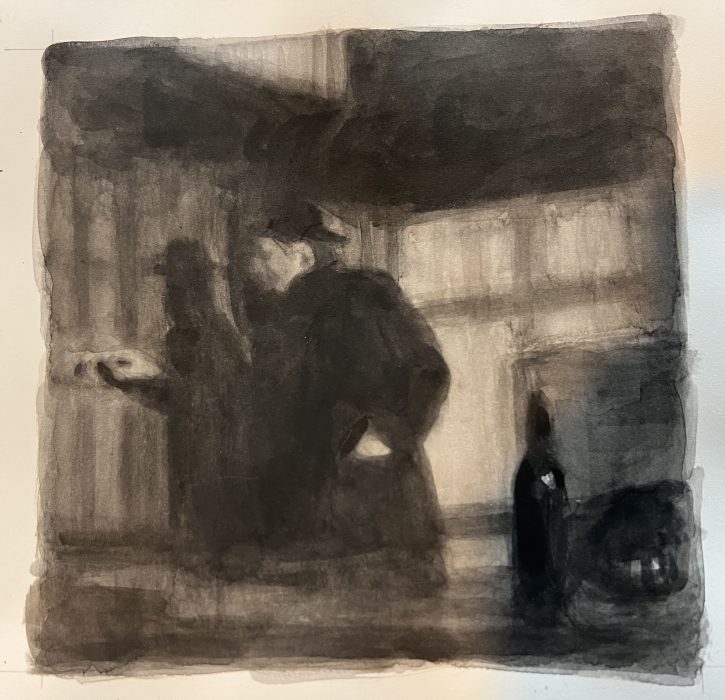
Shigeta, now 68, grew up in Osaka, Japan. His father was a moviemaker who traveled throughout the countryside to show his small films.
His father encouraged him to follow his creative side. But the most influential mentor was the drawing and oil painting teacher he met in second grade. “I worked with him every Sunday for 15 years; just him and me, in his studio until I finished college. I learned all the basic skills and concepts from him.”
Increasingly serious about art, Shigeta undertook studies as an exchange student at California College of Arts and Crafts (now CCA) in Oakland. He finished a degree in Osaka and then returned to California, studying at San Jose State University and the now-closed San Francisco Art Institute, where he earned a Master of Fine Arts.
His time in California convinced him that the West was a more comfortable place for an artist than his native country. Japan, he said, is a difficult place if you are a loner, or if you are an artist – in his case, he was both. Even his family and some friends called him an “oddball,” he said.
“Think of famous people who have gained celebrity because of their achievements, for instance: Steve Jobs, Bill Gates, etc. In Japan, this model doesn’t exist. You can only identify companies — not individuals. This idea drove me to want to come to the United States, stay here, and excel as an individual.”
Creating smiles
Shigeta met his wife at the San Francisco Art Institute. Within a few years, they were married in Japan and now live in the Outer Richmond.
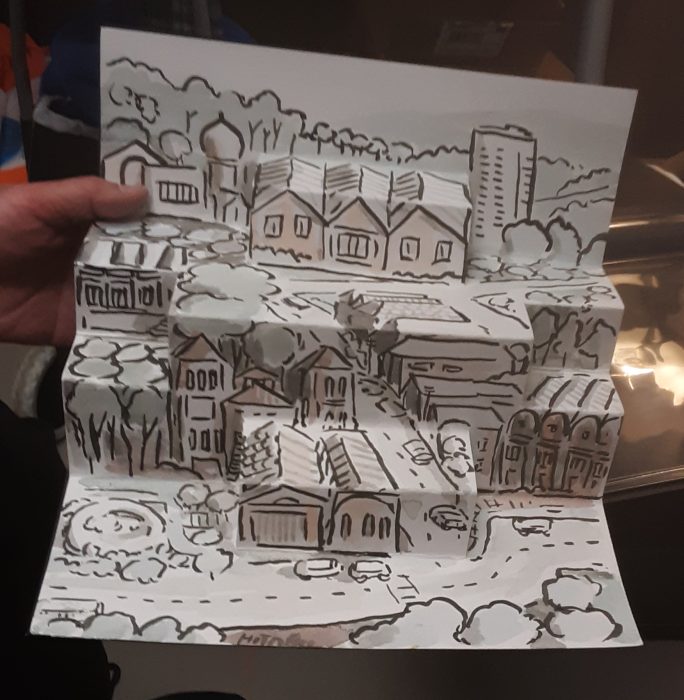
A cityscape in pen and watercolor. Below, fun with cookies.

Working as an artist does not provide the income needed to support a growing family. Before her marriage, Louis had established herself as a translator for a Japanese electronics company in the Bay Area. Soon both of them were working as independent contractors providing translation services to businesses.
The Internet wasn’t significant when the couple started, but now companies can hire translators from anywhere in the world and send documents back and forth instantly. Translation is increasingly done by software.
“Companies are looking for translation editors instead of translators,” Shigeta said. “We are still translating, but I only take small jobs from my old clients; I have more work at the museum,” Shigeta said.
For the last nine years, Shigeta has been teaching at San Francisco’s de Young Museum, most recently in the Vitality Arts program, a free, eight-week course for seniors.
Students choose their own subjects. “The program is not about developing art skills; it’s about interacting with other people,” he said. “It makes me happy to see big smiles on their faces when they see their own art in the studio at the end of the activity.”
Right now, he and the six other instructors are taking a break while funding for the program is being negotiated.
Dark and light
While Shigeta’s more serious pieces are moody and ethereal, other works expose his playful, even ironic sensibilities.
His cartoons feature a few recurring characters and the occasional pun. One is captioned “Practicing Asian Culture:” One character who appears to be exercising is labeled “Working with Tai Chi;” a character sipping a drink on a park bench is captioned: “Working with Thai Tea.” Others include spoofs on aging and modern technology.


The cartoons are simply something he enjoys; he hasn’t sold any. He produces them on a drafting table crowded with several types of paints, ink, drafting tools, and brushes in the attic of his home.
“There are situations at home or something that I see on TV that look absurd that spur ideas. Inspiration can come from things people say or do in my everyday life. I’ve done cartoons with political or current themes, but those jokes get dated quickly.”
Healing hikes
For a long time, his son Sean was trapped at home due to sensory overload and other autism-related issues. But when he was about 9, a “gifted” special education teacher suggested they take him on hikes.
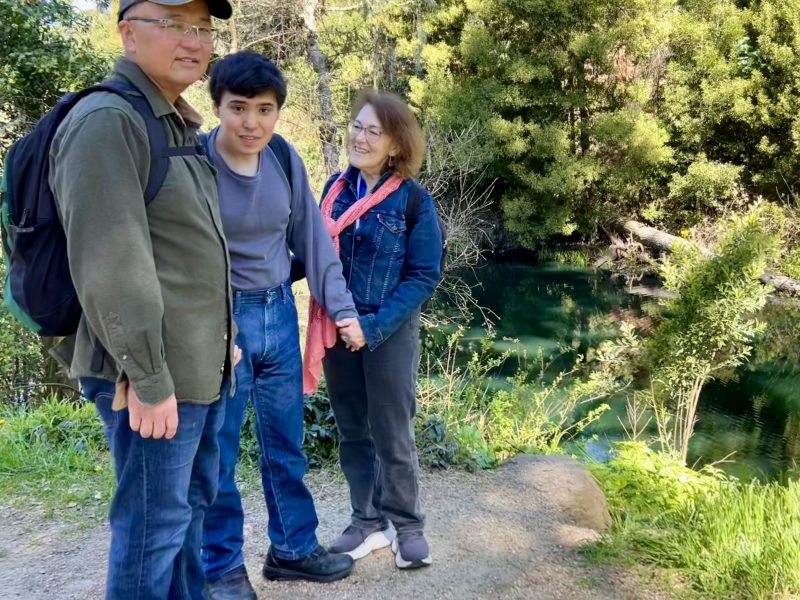
“Now, he loves going out,” Shigeta said. “He needs physical activity, so we take him on a hike every Saturday, Sunday, holiday, and days when he’s not at his day program. Going out on hikes helps him feel calmer and sleep better. He seems to feel better and look happier.”
These hikes venture into such places as Rodeo Beach, Crissy Field, Lands’ End, San Bruno Mountain, San Pedro Valley Park, Fitzgerald Marine Reserve in San Mateo, and many other landmarks. There is support for families like the Shigetas through the Golden Gate Regional Center’s Support for Families of Children with Disabilities, and other organizations. But staff and resources are limited.
What about the future? Shigeta said he has been walking a line between pursuing his art and teaching as well as taking care of his son. He said that there are many ideas in his head, but his days are often spent in “putting out fires” that arise for Sean.
Still, he’s starting to feel like there will be a bit more room in his life to create more art. “I haven’t done a new cartoon since 2021, partly because I’ve had less free time since the pandemic restricted my son’s program hours,” he said. “Come to think of it, I have some new ideas. I might start doing it again.”



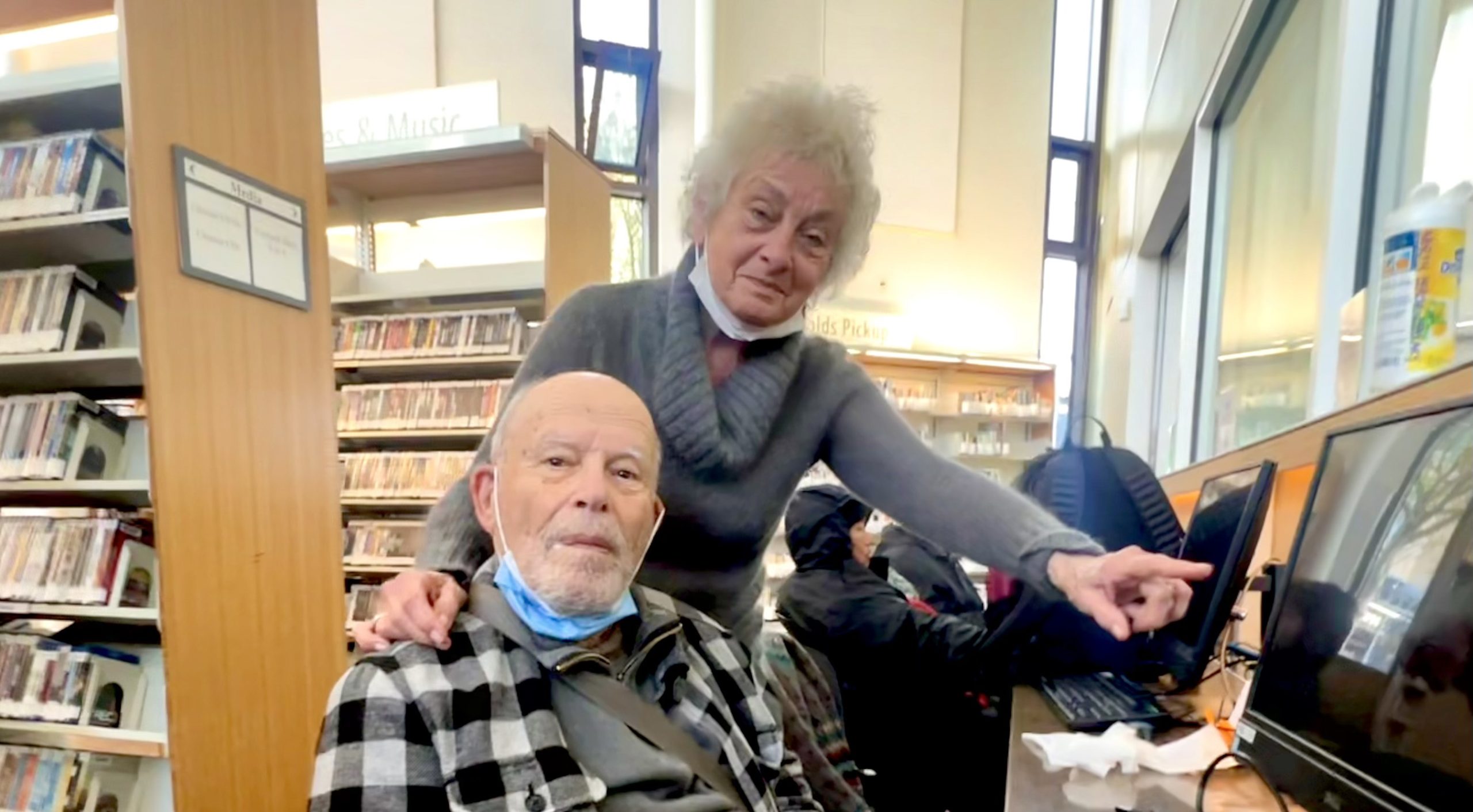
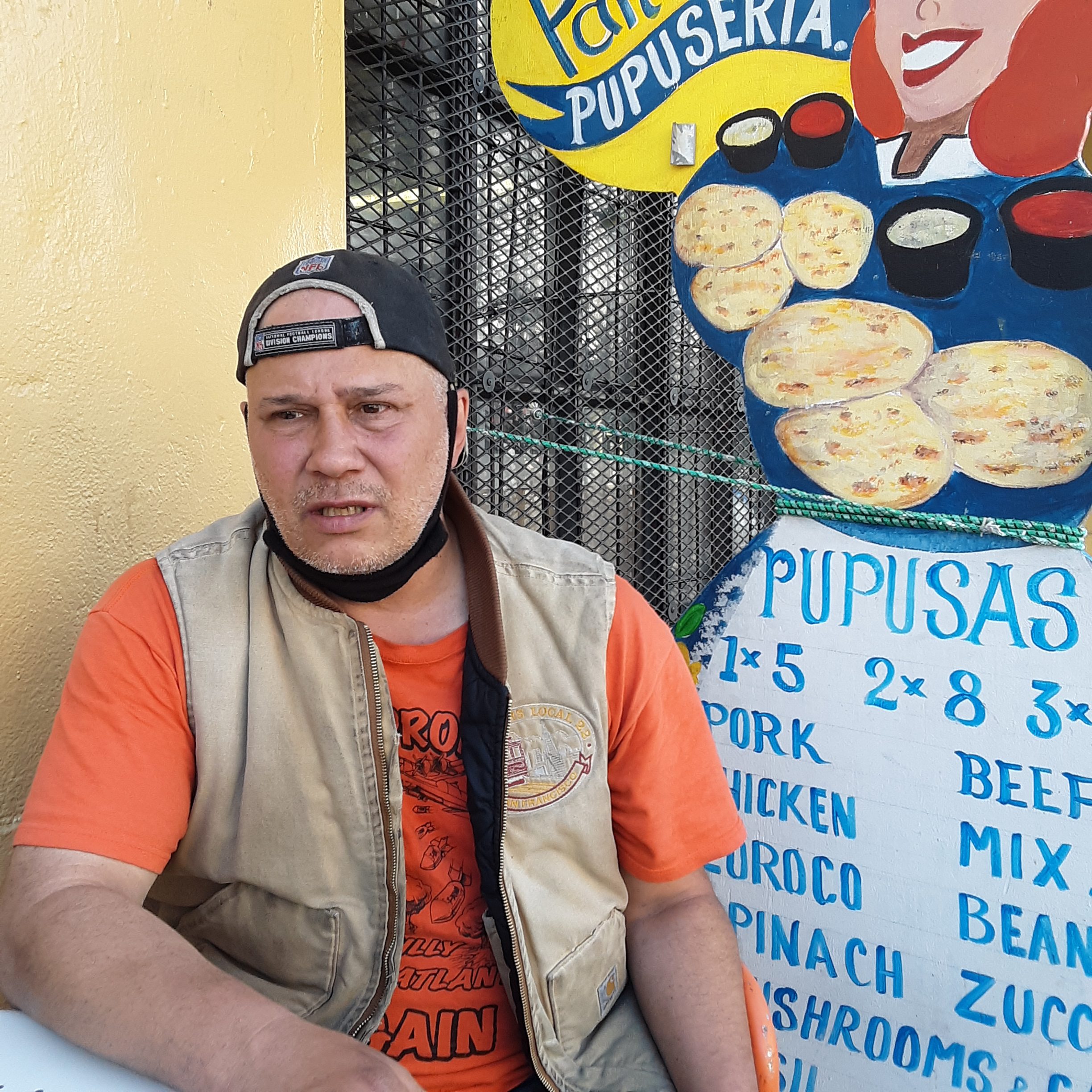

Dominic Martello
Wonderful man, along with his wife and their son. Special.